1921 (Taisho 10) The Washington Conference was held on Friday, November 11. It was an international conference that was held in Washington, the capital of the United States, on February 6 of the following year at the request of the President of the United States, Warren Harding. In addition to Japan and the United States, nine countries, including Britain, France, Italy and China, are participating.
There were three items on the agenda. It’s as follows. (1) Naval disarmament, (2) Far East issues, and (3) Pacific issues.
The Japanese side was responsible for the first topic (1) Vice Admiral Tomosaburo Kato, the Japanese plenipotentiary, for naval disarmament, and the remaining (2) Far East issues and (3) Pacific issues with Kijuro Shidehara, the U.S. Ambassador, the Japanese plenipotentiary.
(1)With regard to naval disarmament, the aim was to stop the tripartite arms race between Japan, the United States and the United Kingdom. In particular, for Britain, which was devastated by the First World War, and for Japan, which was suffering from a recession after the war, there was concern that the military budget expansion would place an excessive burden on national finances. To varying degrees, there was a growing public demand for disarmament in all three countries: Japan, the United States and the United Kingdom. In that sense, it was a reasonable policy for all three countries to conclude a naval agreement to stop the shipbuilding competition. In February of the following year, the first arms control treaty in world history, the Naval Disarmament Treaty was concluded.
The problem was the ownership ratio of the three countries. Under the leadership of the United States, the United States, the United Kingdom, and Japan will form a coalition of five. The United Kingdom was at the greatest disadvantage based only on its existing forces. The treaty effectively gave Britain the world’s longest standing naval power to the United States. I could also say that the United States, which recognized 60% of the power gap between Japan and the United States, was considerate of Japan. If it had been free competition, the United States would have been able to maintain a naval power that far exceeded Japan’s.
However, for the Japanese Navy, Major General Hiroharu Kato, who was the chief of the delegation, insisted on 70% vis-a-vis the United States and the meeting became complicated. It was Minister of the Navy Tomosaburo Kato who suppressed the opinion and made a political decision and accepted the ratio. The decision was made in accordance with Prime Minister Takashi Hara’s policy of placing the highest priority on cooperation with the United States, who was assassinated just before the meeting. At the same time, it succeeded in inserting the famous Article 19 into the treaty as compensation for accepting 60% of the amount to the United States. In other words, the construction of new fortifications and naval bases on the “islands’ territories and possessions” in the Pacific Ocean is prohibited. The clause imposed severe restrictions on the U.S. fleet’s operations in the Pacific.
(2)The Far East issue refers to China’s respect for sovereignty, openness, and equal opportunity, which the United States claims. Japan was at odds with China over how to return its interests in Shandong, but U.S. plenipotentiary Elihu Root rejected China’s claim and came up with the “Four Principles” to consider Japan’s claims of special interests. (1) Respect for China’s sovereignty, independence, and territorial and administrative integrity; (2) Give China the opportunity to establish a stable government; (3) Establish equal opportunities for commerce and industry; and (4) Deny privileges that threaten the rights of citizens of friendly countries. The Nine Nations Convention was concluded on the basis of these four principles.
(3)The issue of the Pacific Ocean concerns the construction of mechanisms to maintain peace in the Pacific region. In short, the handling of the Anglo-Japanese Alliance was on the agenda. Negotiations go through three stages. The first stage is the Balfour draft, the second stage is the Japanese currency draft, and the third stage is the Hughes draft. The Balfour plan is a tripartite agreement that includes the United States in addition to the conventional Anglo-Japanese alliance, but it includes a military alliance and is not accepted by the United States. Therefore, Japan’s Shidehara revised the draft treaty to a consultative treaty in which the three countries consult each other only when a serious problem occurs. In the end, Hughes proposed and implemented a Four-Power Treaty with France.
Shidehara, a Japanese plenipotentiary, chose to cooperate with the United States rather than continue his alliance with Britain. Regarding the abrogation of the Anglo-Japanese Alliance by the Four-Power Treaty, there is a theory that the Pacific War would not have occurred if the Anglo-Japanese Alliance had continued. But this theory is too simple. There was a strong argument on the part of Britain that the Anglo-Japanese Alliance should be scrapped, and it was difficult for Japan to continue the alliance on its own. Another 20 years passed between the end of the Anglo-Japanese Alliance and the outbreak of the Pacific War, during which time a major change in the international environment occurred and more significant changes in Japanese policy took place. In the timing of the Washington Conference, the decision that prioritized Japan-U.S. cooperation was appropriate.
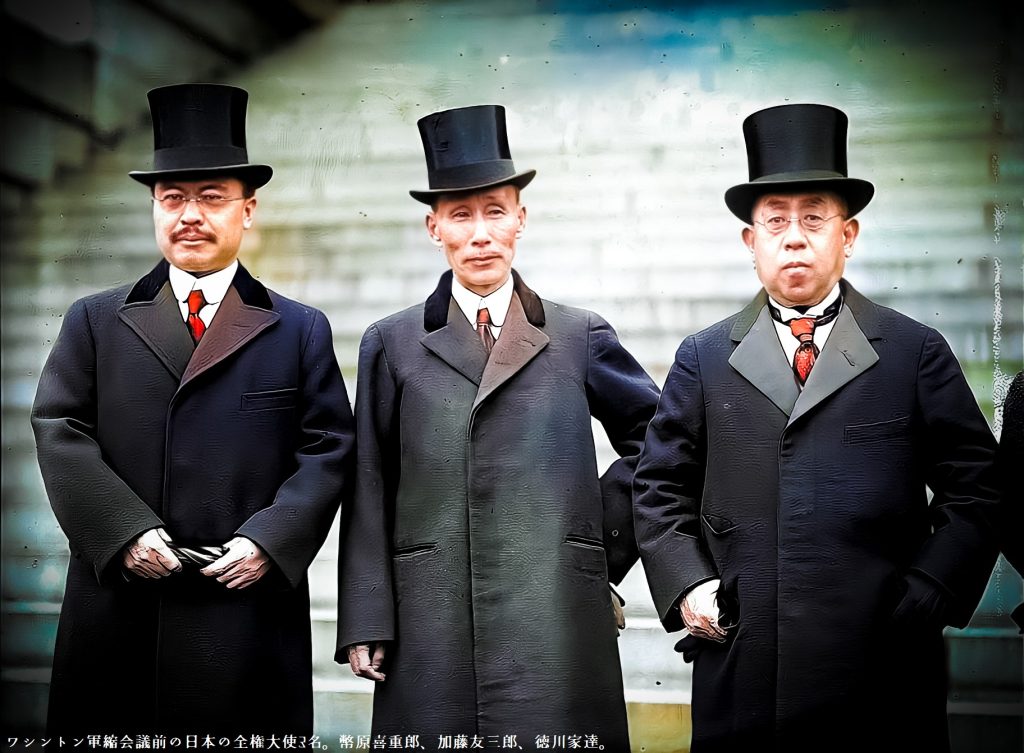
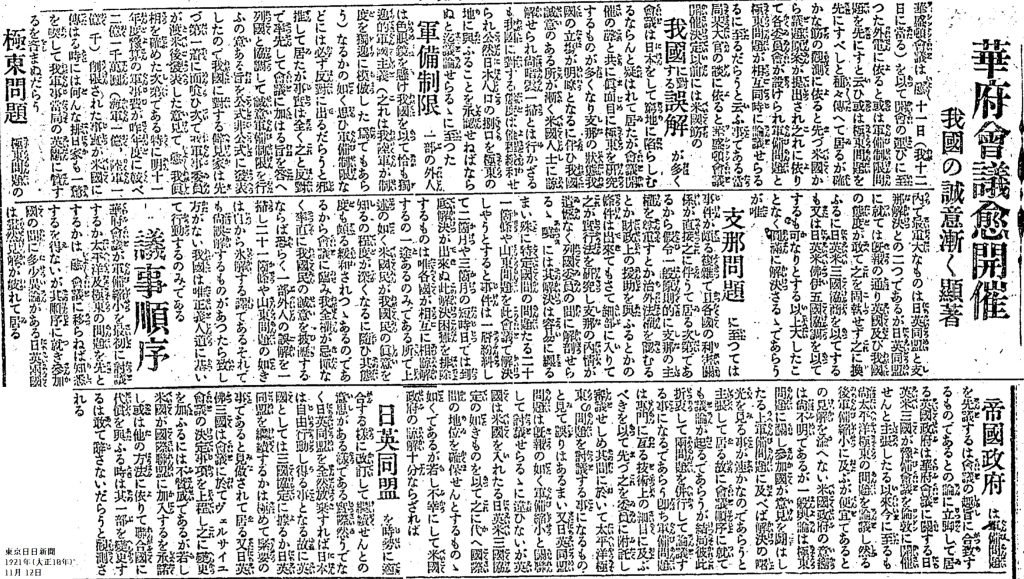
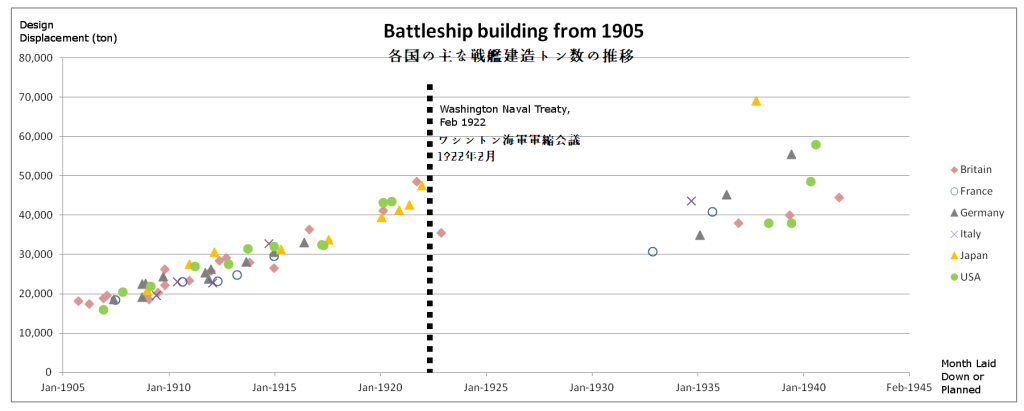
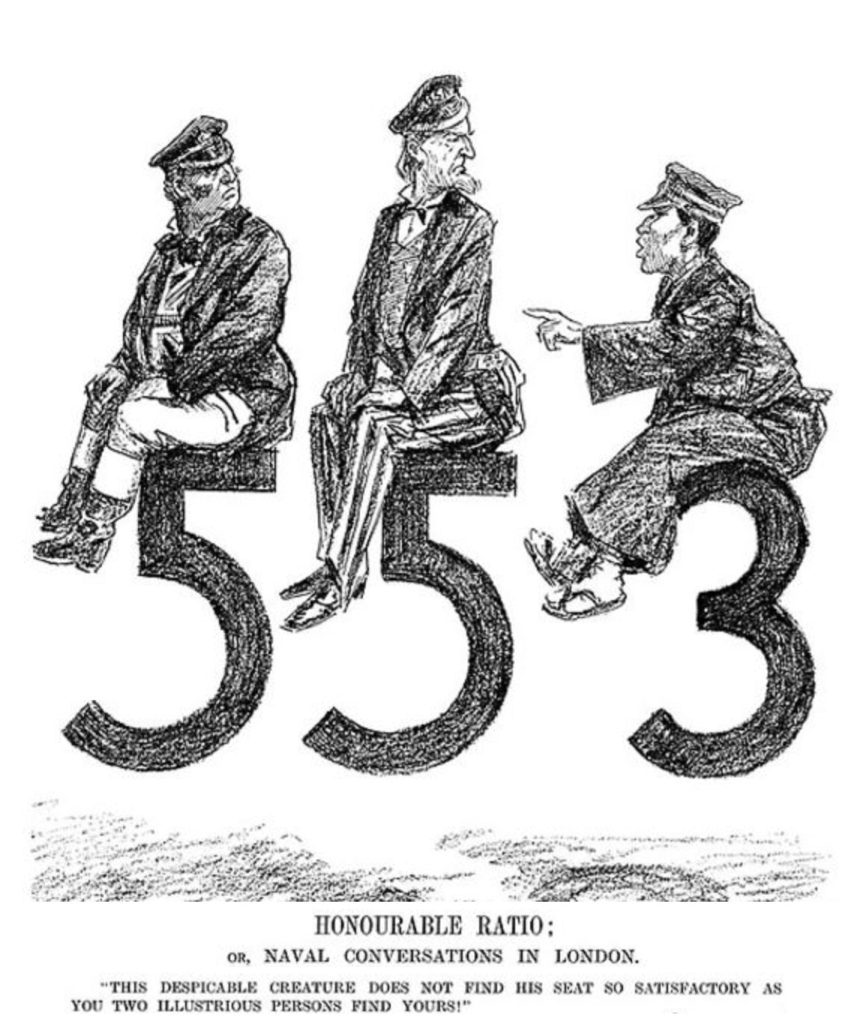
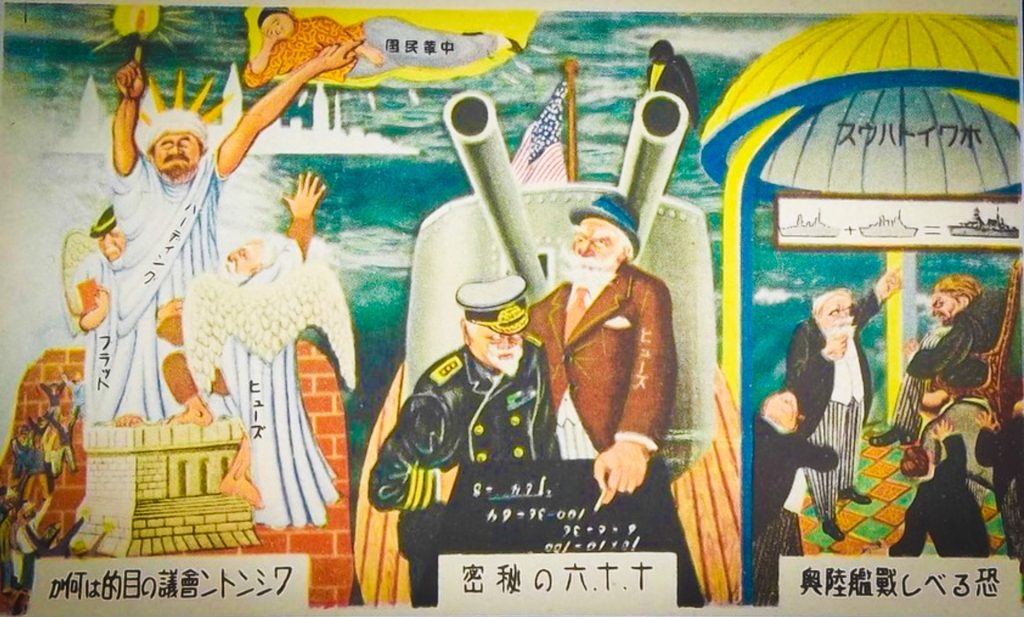

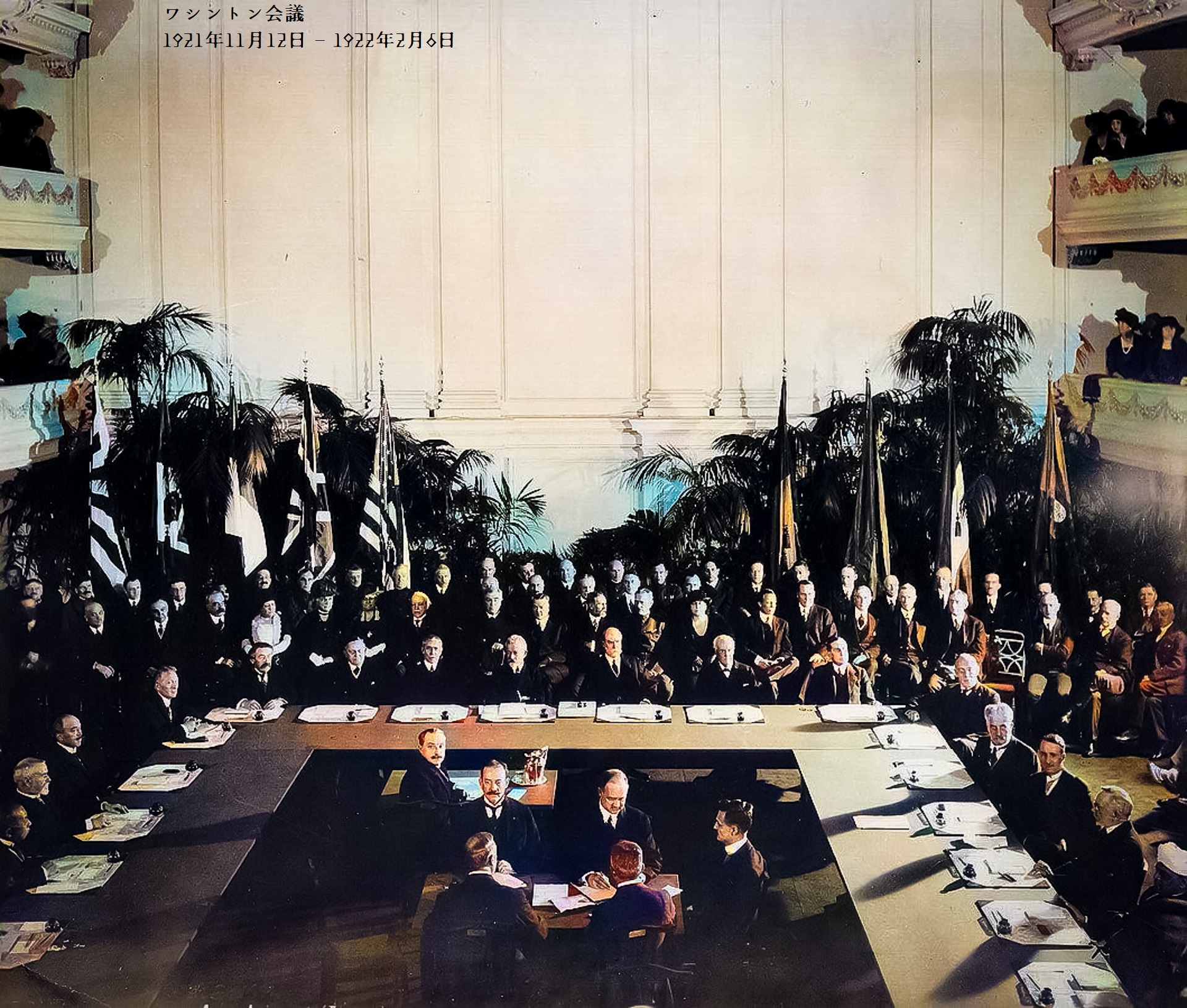
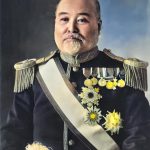
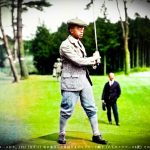
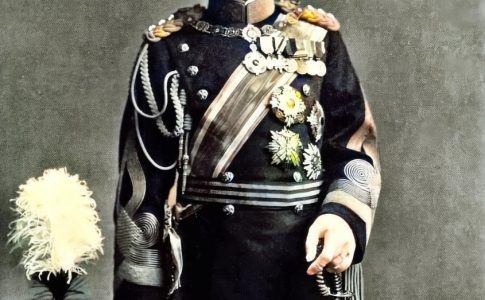
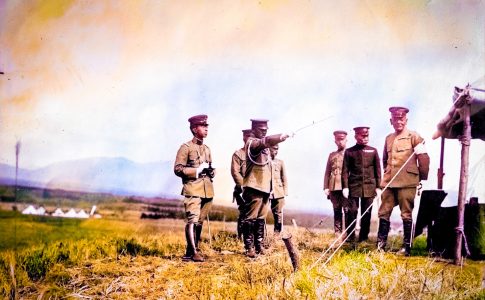
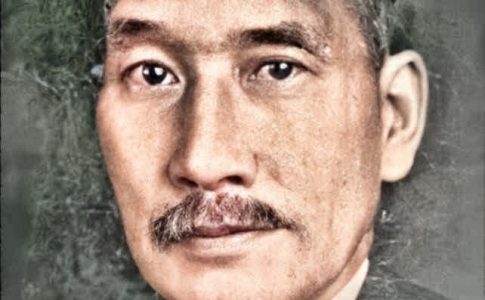
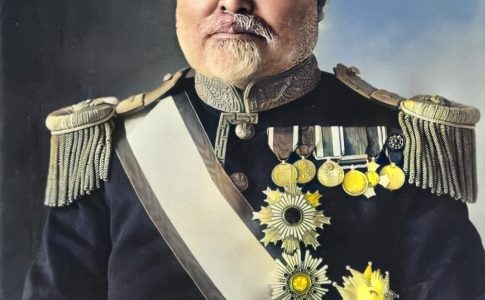
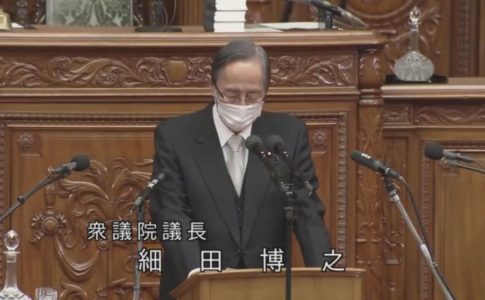
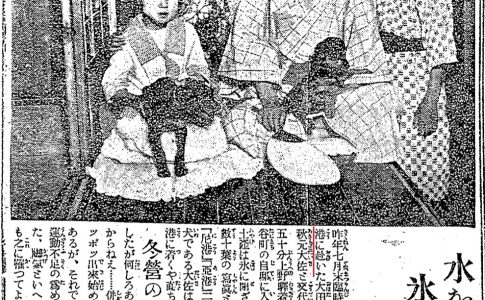
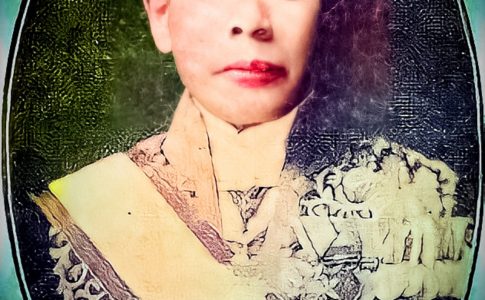
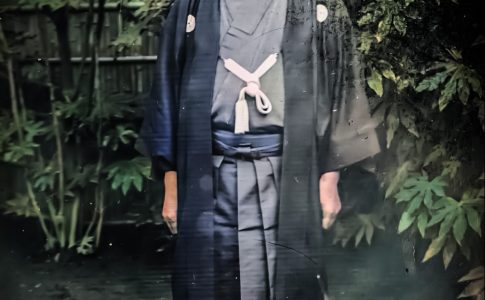
Leave a Reply